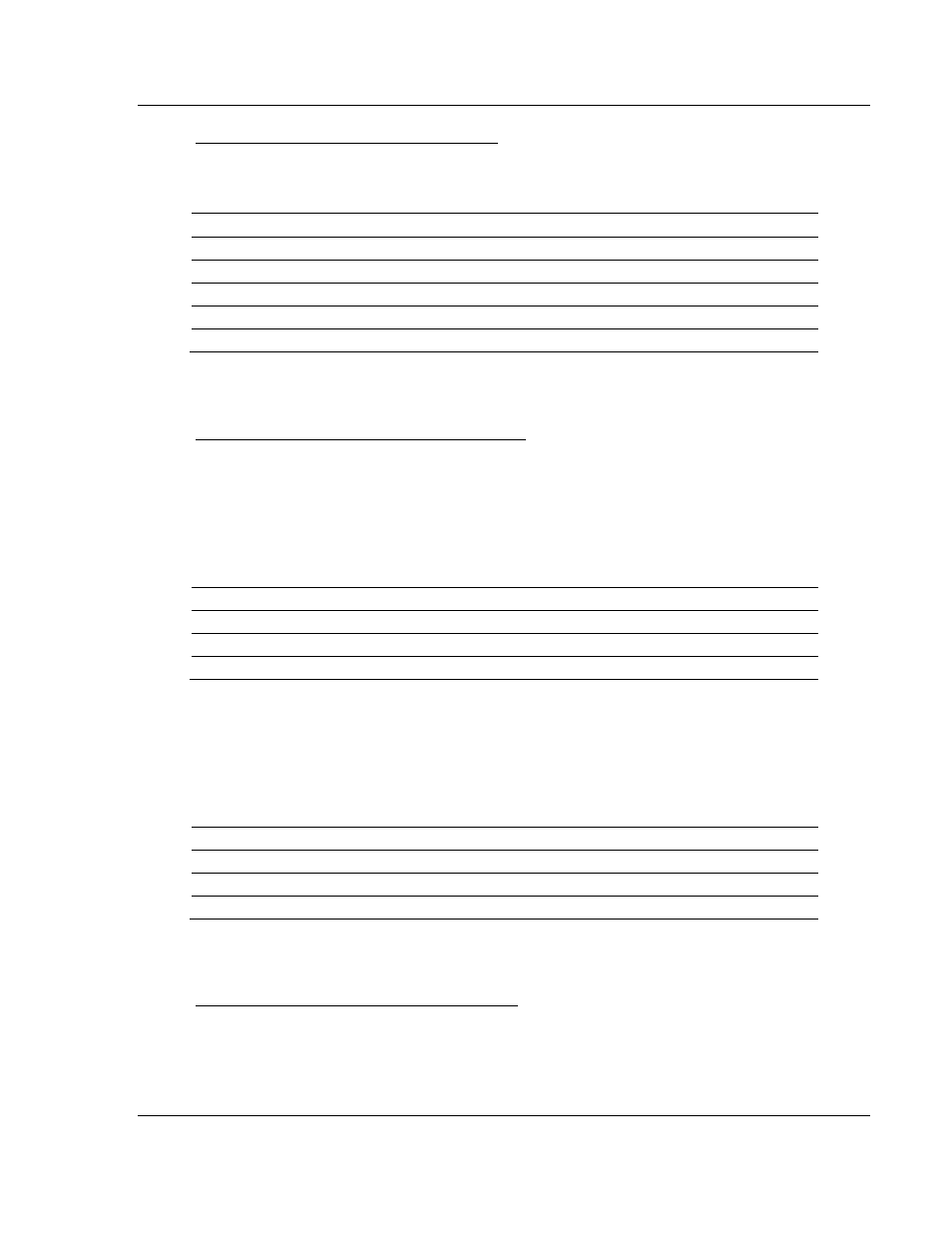ProSoft Technology MVI71-DFNT User Manual
Page 73

MVI71-DFNT ♦ PLC 5
Reference
EtherNet/IP Client/Server Communication Module
User Manual
ProSoft Technology, Inc.
Page 73 of 175
February 3, 2011
In order to read the module’s general error and status data to the PLC, it must
make a special request using the status data request block. The following tables
lists the values recognized by the module:
Status Data Request Block (250 to 254)
Offset
Description
250
Module and pass-through port end server status
251
Status for servers 0 to 4
252
Status for servers 5 to 9
253
Status for servers 10 to 14
254
Status for servers 15 to 19
MVI71-DFNT Status Data Definition contains a complete listing of the data
returned for the status blocks.
When the module performs a restart operation, it requests output data from the
processor to initialize the module’s read data area. Use the
Initialize Output
Data parameter in the configuration file to bring the module to a known state after
a restart operation. The structure of the block used to request the data is shown
in the following table.
Initialize Output Data Blocks (1000 to 1066)
Block Request
Offset
Description
Length
0
1000 to 1066
1
1
1000 to 1066
1
2 to 63
Not used
62
The command control value of 1000 is moved as the Block Transfer Write ID to
indicate that the module is requesting initialization of the Read Data area. Ladder
logic in the processor must recognize this command and place the correct
information in the database. The format of the returned write block is shown in
the following table.
Block Response
Offset
Description
Length
0
1000 to 1066
1
1 to 60
Data to place in database
60
61 to 63
Not used
3
For example, for a Read Data Area of 2 blocks (120 words), blocks 1000 and
1001 would be used.
This command control request (control code of 2000) requests the command list
error data set. The error codes returned in the block are DFNT error codes noted
in the Reference chapter. The format of the request block from the ladder logic
has the following format:
Command Error List Request Block (2000)
